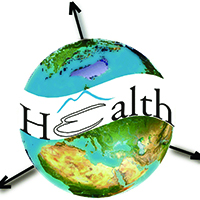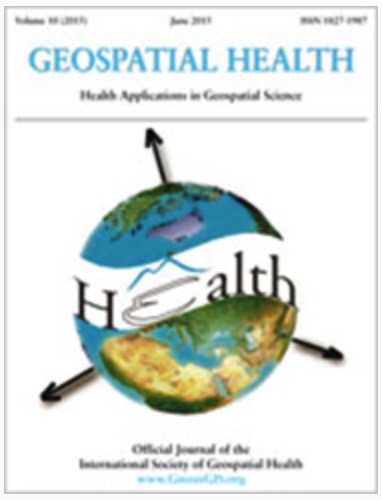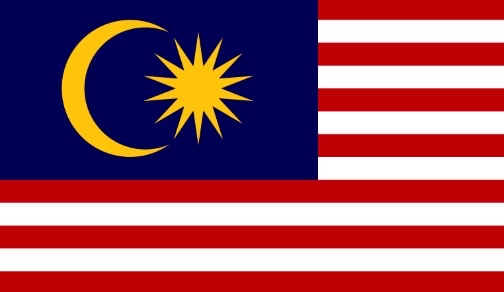Use of Twitter social media activity as a proxy for human mobility to predict the spatiotemporal spread of COVID-19 at global scale

Published: 15 June 2020
Abstract Views: 18629
PDF: 2229
HTML: 37
HTML: 37
Publisher's note
All claims expressed in this article are solely those of the authors and do not necessarily represent those of their affiliated organizations, or those of the publisher, the editors and the reviewers. Any product that may be evaluated in this article or claim that may be made by its manufacturer is not guaranteed or endorsed by the publisher.
All claims expressed in this article are solely those of the authors and do not necessarily represent those of their affiliated organizations, or those of the publisher, the editors and the reviewers. Any product that may be evaluated in this article or claim that may be made by its manufacturer is not guaranteed or endorsed by the publisher.
Similar Articles
- Mai Liu, Yin Zhang, Impact of climate change on dengue fever: a bibliometric analysis , Geospatial Health: Vol. 20 No. 1 (2025)
- Enríque Ibarra-Zapata, Darío Gaytán-Hernández, Yolanda Terán-Figueroa, Verónica Gallegos-García, Carmen del Pilar Suárez-Rodríguez, Sergio Zarazúa Guzmán, Omar Parra Rodríguez, Socio-spatial vulnerability index of type 2 diabetes mellitus in Mexico in 2020 , Geospatial Health: Vol. 20 No. 1 (2025)
- Katriina J. E. Willgert, Birgit Schroedle, Heinzpeter Schwermer, Spatial analysis of bluetongue cases and vaccination of Swiss cattle in 2008 and 2009 , Geospatial Health: Vol. 5 No. 2 (2011)
- Paolo Mulatti, Nicola Ferrè, Tommaso Patregnani, Lebana Bonfanti, Stefano Marangon, Geographical information systems in the management of the 2009-2010 emergency oral anti-rabies vaccination of foxes in north-eastern Italy , Geospatial Health: Vol. 5 No. 2 (2011)
- Nicolas Maire, Michael Hegnauer, Dana Nguyen, Lucas Godelmann, Bernadette Peterhans, Axel Hoffmann, Don de Savigny, Marcel Tanner, The Health Resources Allocation Model (HRAM) for the 21st century , Geospatial Health: Vol. 6 No. 2 (2012)
- Yi Hu, Jin-Feng Wang, Xiao-Hong Li, Dan Ren, Dez-Hi Mu, Yan-Ping Wang, Chun-Mei Wen, Jun Zhu, Juan Liang, Application of Bayesian geostatistical modeling for the assessment of risk for child mortality during the 2008 earthquake in Wenchuan, People's Republic of China , Geospatial Health: Vol. 6 No. 2 (2012)
- Gouri S. Bhunia, Shreekant Kesari, Nandini Chatterjee, Vijay Kumar, Pradeep Das, Localization of kala-azar in the endemic region of Bihar, India based on land use/land cover assessment at different scales , Geospatial Health: Vol. 6 No. 2 (2012)
- Rubén Solano, Diana Gòmez-Barroso, Fernando Simòn, Sarah Lafuente, Pere Simòn, Cristina Rius, Pilar Gorrindo, Diana Toledo, Joan A. Caylá, Retrospective space-time cluster analysis of whooping cough re-emergence in Barcelona, Spain, 2000-2011 , Geospatial Health: Vol. 8 No. 2 (2014)
- André T. J. Alves, Flávio F. Nobre, The acquired immunodeficiency syndrome in the State of Rio de Janeiro, Brazil: a spatio-temporal analysis of cases reported in the period 2001-2010 , Geospatial Health: Vol. 8 No. 2 (2014)
- Luis E. Escobar, Andrés Lira-Noriega, Gonzalo Medina-Vogel, A. Townsend Peterson, Potential for spread of the white-nose fungus (Pseudogymnoascus destructans) in the Americas: use of Maxent and NicheA to assure strict model transference , Geospatial Health: Vol. 9 No. 1 (2014)
You may also start an advanced similarity search for this article.











